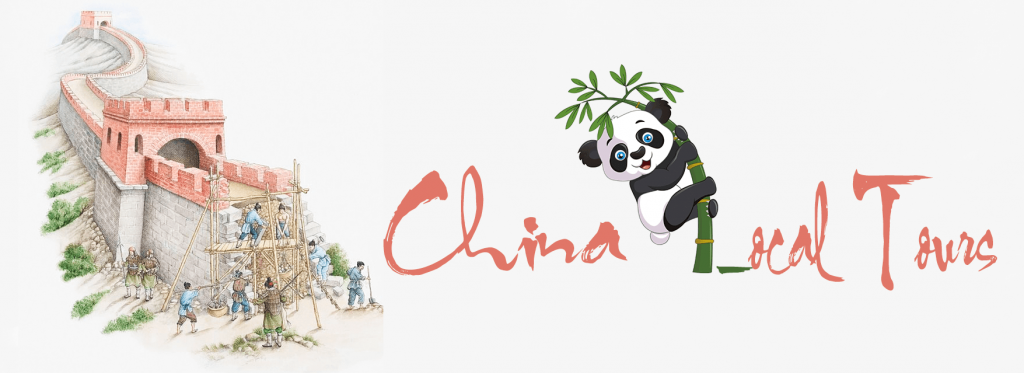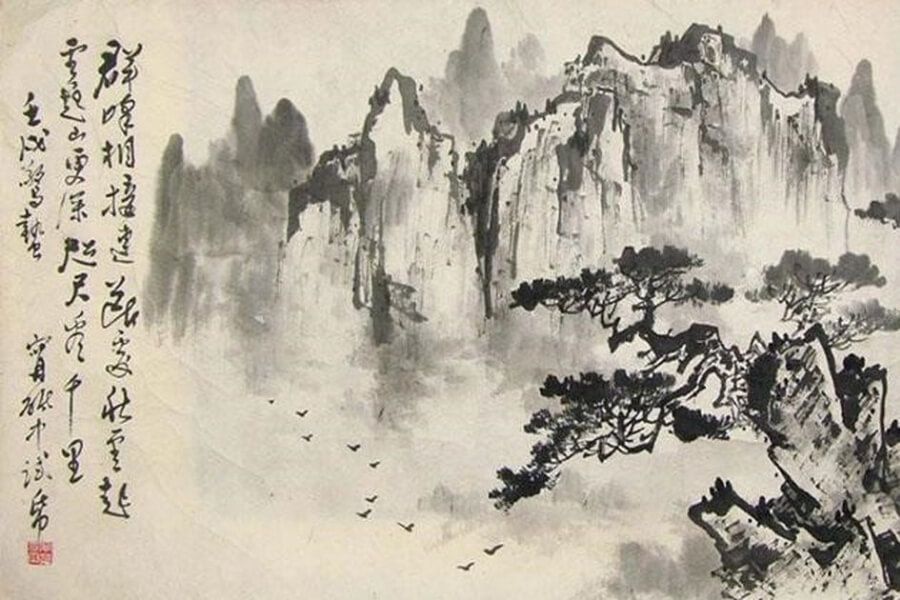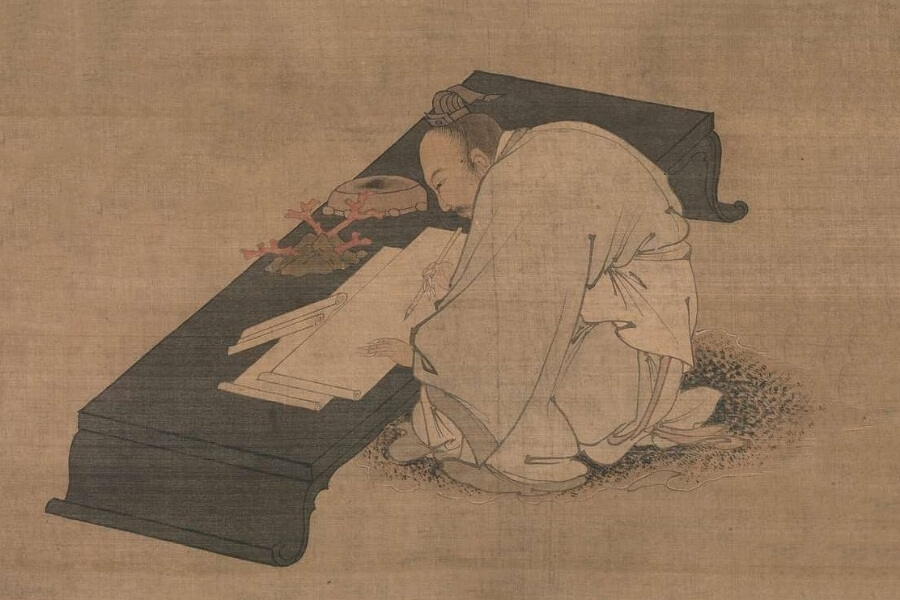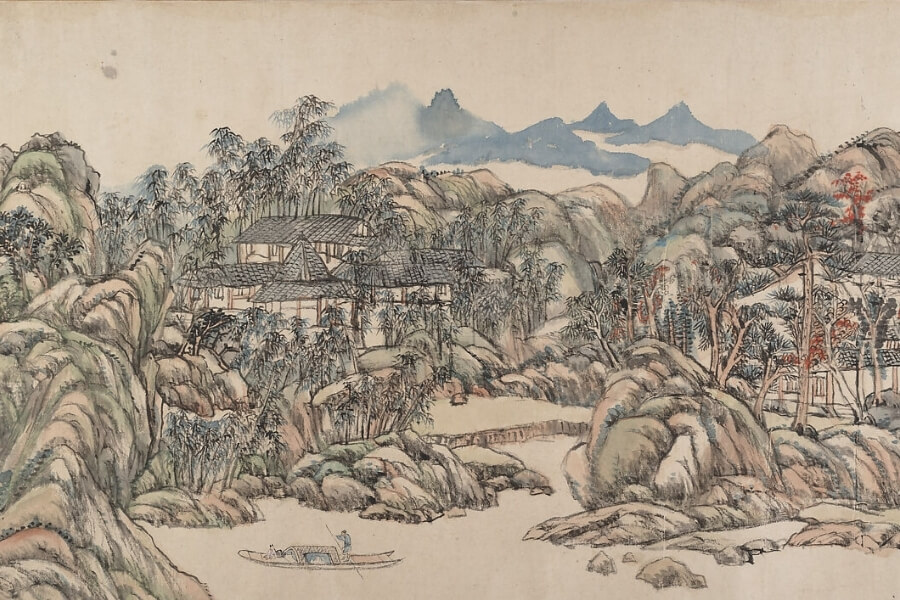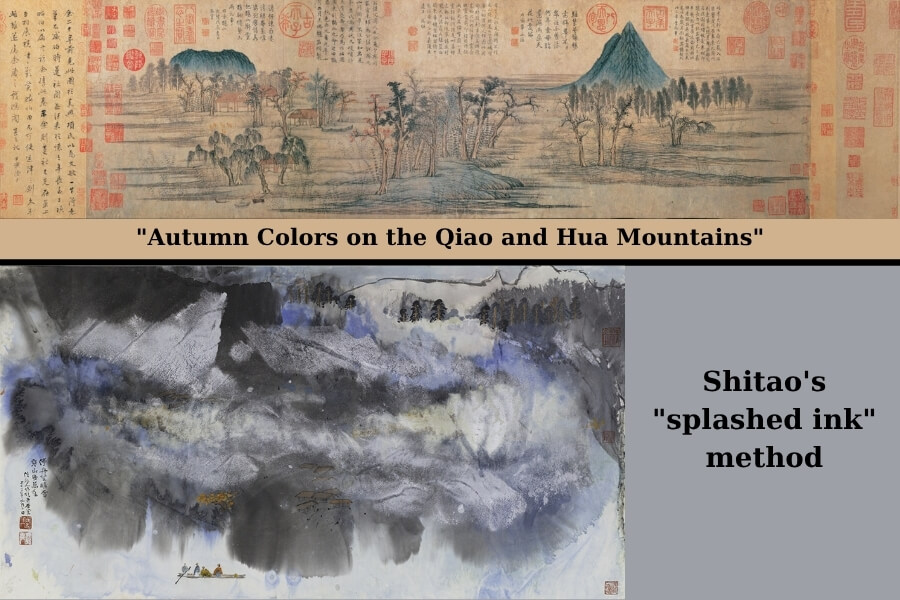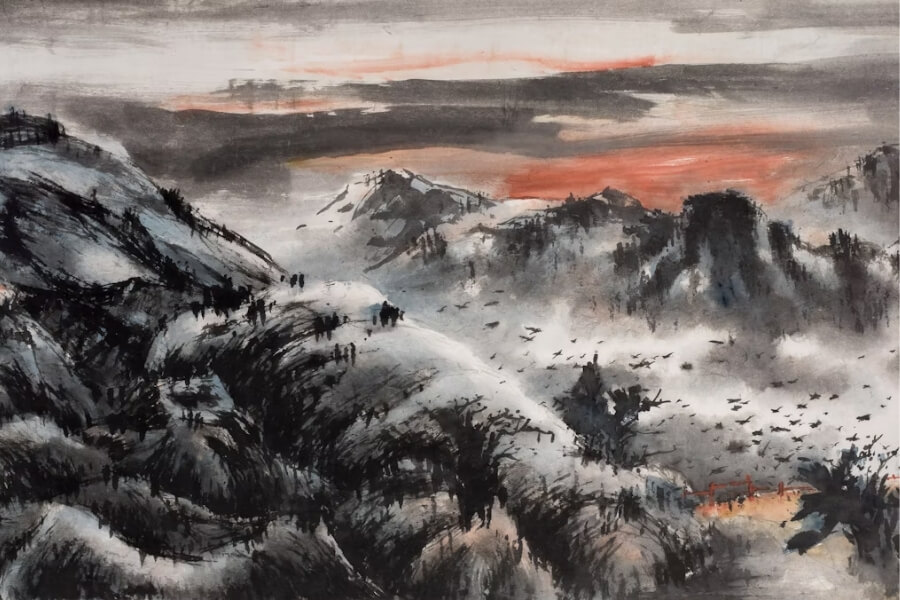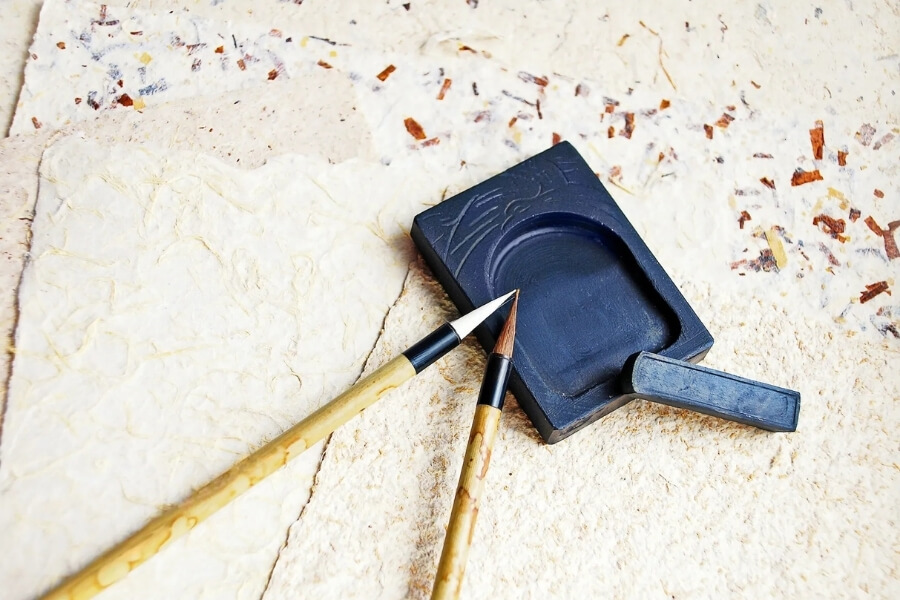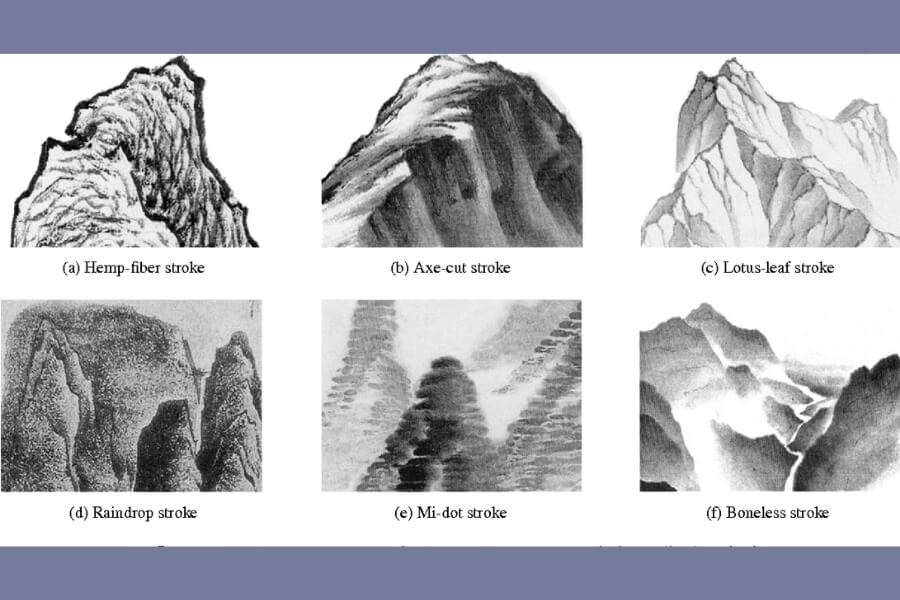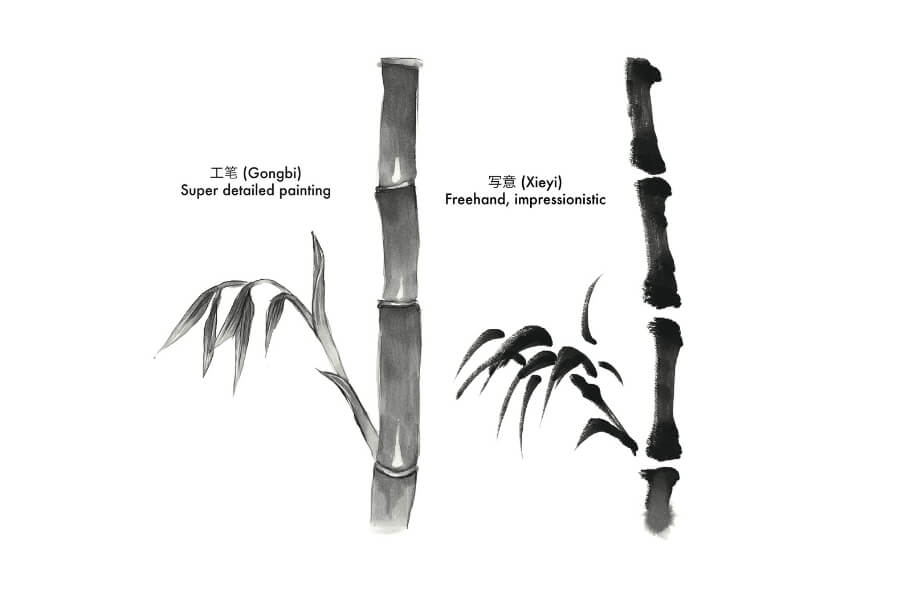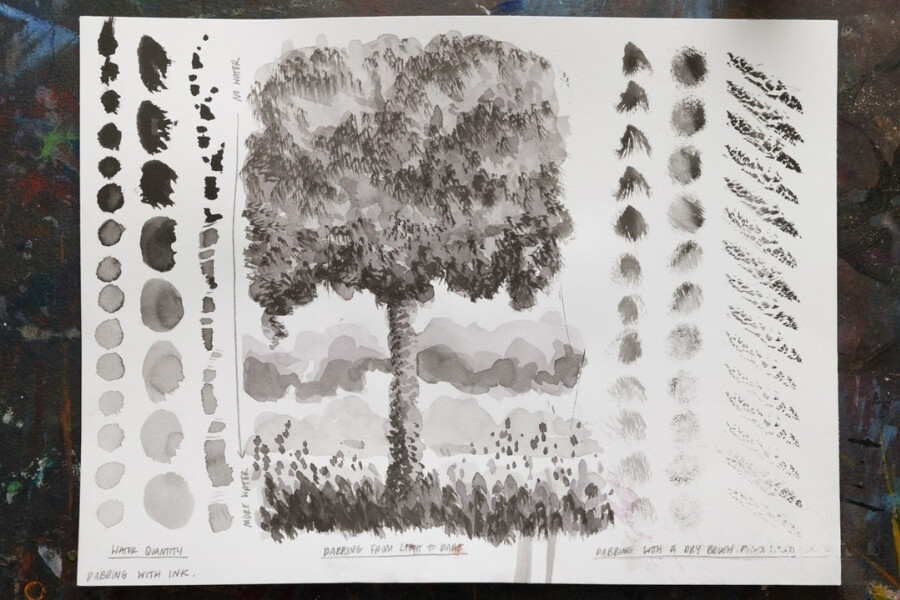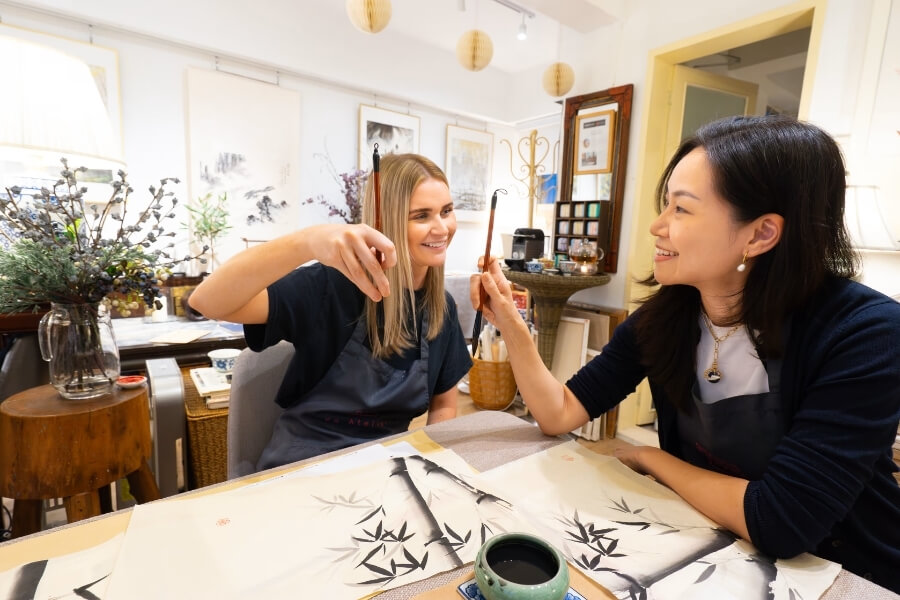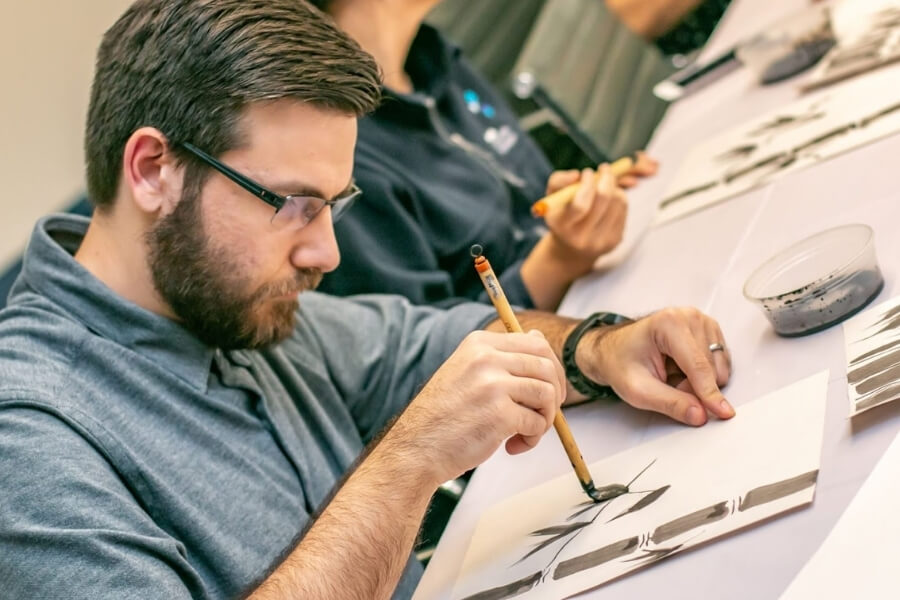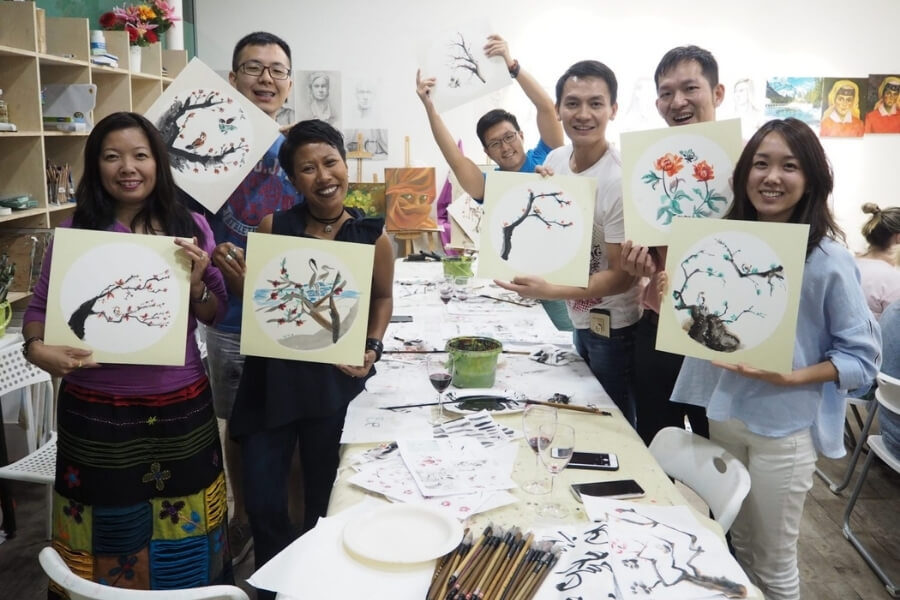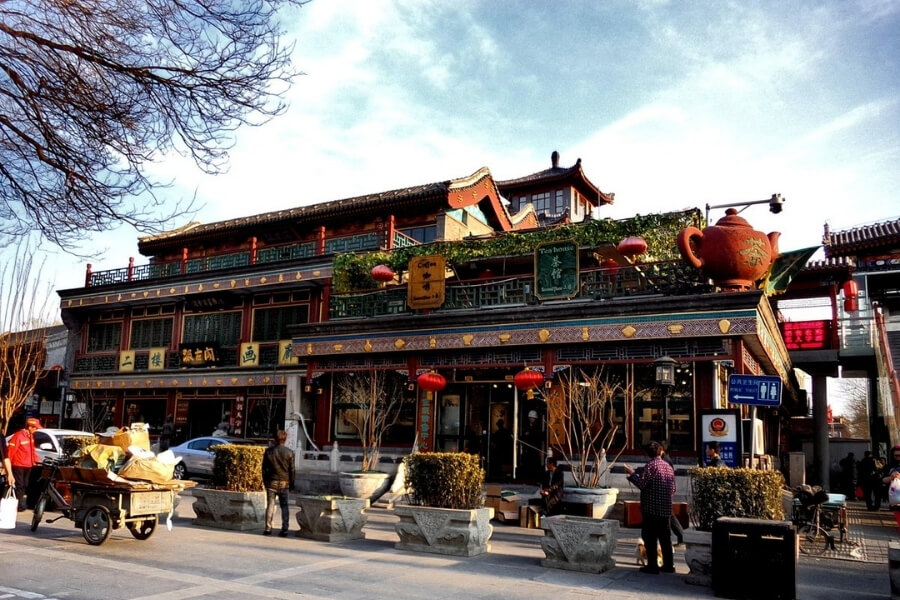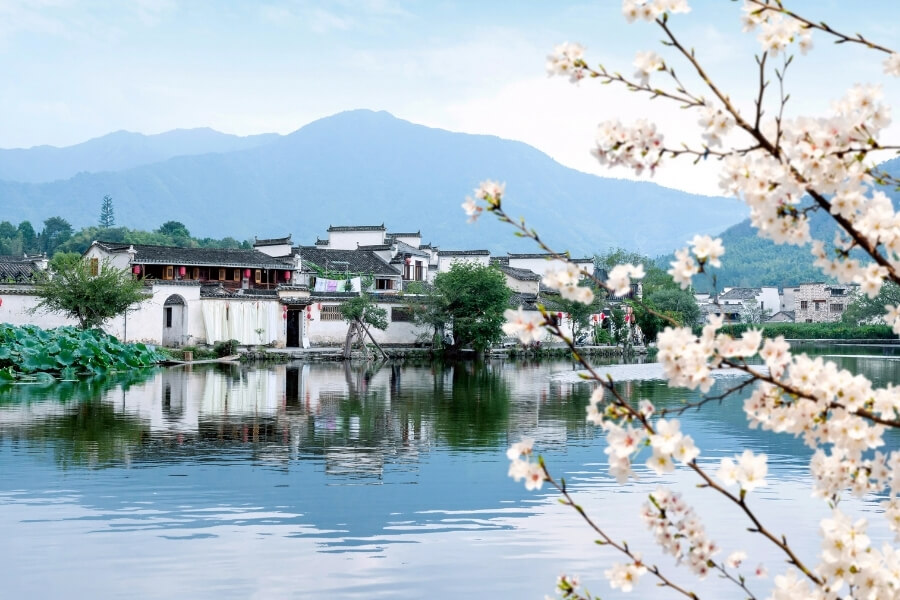In the misty realms where ancient mountains pierce the clouds and rivers wind like silken threads through verdant valleys, China Local Tour Operator invites travelers to uncover the soul of Chinese artistry through Chi na ink painting - a form that captures the essence of nature's quiet poetry. This timeless art form, known also as Chinese ink wash painting, draws viewers into a world where a single brushstroke can evoke the vastness of landscapes or the subtlety of fleeting emotions. For travelers seeking deeper connections with China's cultural heritage, exploring China ink painting offers a journey that blends history, creativity, and scenic beauty. As one delves into its strokes and shades, the art reveals not just visual splendor but a philosophical harmony between humanity and the natural world.
The allure of China ink painting lies in its ability to transform simple ink and paper into profound expressions of life. Emerging from centuries of tradition, this art form has inspired countless artists and continues to draw visitors to China's most iconic sites. Whether standing before a masterpiece in a museum or attempting one's own brushwork in a serene workshop, the experience resonates with a sense of timeless tranquility.
Unveiling the Rich History of China Ink Painting
The history of china ink painting is a fascinating chronicle that spans millennia, offering insights into China's evolving cultural, philosophical, and artistic landscape. Understanding this evolution helps travelers appreciate why certain motifs recur in chinese traditional painting and how they reflect broader societal shifts. Below, the key periods are explored to provide a clear timeline and context.
Ancient Origins and Early Foundations
The roots of china ink painting stretch back to prehistoric times, with evidence from archaeological sites revealing early forms of ink-based expression. During the Neolithic Age, around 5000 BCE, simple ink marks appeared on pottery and oracle bones, serving both decorative and ritual purposes. These rudimentary designs laid the groundwork for more complex chinese ink wash painting techniques.
By the Warring States Period (475–221 BCE), advancements in tools like animal-hair brushes and silk substrates allowed for greater sophistication. Ink, made from soot and animal glue, became a medium for scholars to record thoughts and depict scenes, intertwining with the development of calligraphy. This period's innovations, as documented in historical texts like the "Shiji" by Sima Qian, established ink as a symbol of intellectual pursuit, making it essential for anyone interested in the philosophical underpinnings of chinese traditional painting.
Flourishing in the Tang and Song Dynasties
The Tang Dynasty (618–907 CE) marked a pivotal era for china ink painting, where the art form transitioned from functional to artistic expression. Artists like Wang Wei pioneered ink wash techniques, using diluted ink to create atmospheric depth in landscapes. His works, such as "Wangchuan Villa," exemplify how chinese ink art captured the Daoist ideal of harmony with nature, influencing generations.
The Song Dynasty (960–1279 CE) elevated china ink painting to its zenith, with landscape genres dominating. Painters Fan Kuan and Guo Xi produced monumental scrolls that used layered washes to simulate mist and distance, as seen in Guo Xi's "Early Spring." These pieces, housed in collections like the National Palace Museum in Taipei, not only showcase technical mastery but also embody Confucian and Buddhist philosophies. For travelers, knowing this history enhances visits to Song-era sites, revealing how real landscapes inspired such vivid depictions.
Evolution Through Yuan, Ming, and Qing Dynasties
Under the Yuan Dynasty (1271–1368 CE), china ink painting adopted a more personal, literati style amid political upheaval. Zhao Mengfu's sparse, expressive strokes in works like "Autumn Colors on the Qiao and Hua Mountains" emphasized emotional resonance over realism, a reaction to Mongol rule that spread to East Asia.
The Ming Dynasty (1368–1644 CE) saw the Wu School artists, such as Shen Zhou, refine these ideas with poetic integrations, while the Qing Dynasty (1644–1912 CE) introduced eclectic approaches. Shitao's "splashed ink" method broke conventions, adding dynamism to chinese ink wash painting. Historical records from the Qing imperial archives highlight how these styles documented court life and natural wonders, providing valuable context for museum explorations.
Modern Adaptations and Global Influence
In the 20th century, china ink painting adapted to modernity through figures like Qi Baishi, whose lively shrimp and flower depictions blended tradition with whimsy. The New Ink Movement in Hong Kong, led by Lui Shou-kwan, incorporated abstract elements, bridging Eastern and Western aesthetics. Today, exhibitions at the British Museum or the Louvre demonstrate its global reach, with contemporary artists like Xu Bing experimenting with digital ink forms. This ongoing evolution ensures china ink art remains relevant, offering travelers a bridge between past and present.
Mastering Techniques and Styles in Chinese Ink Wash Painting
Delving into the techniques of chinese ink wash painting equips enthusiasts with practical knowledge to better interpret artworks or even try their hand at creation. This section breaks down the essentials, from tools to advanced methods, in a step-by-step manner to make the learning process accessible and engaging.
Essential Tools: The Four Treasures of the Study
At the core of china ink painting are the "Four Treasures" - brush, ink, paper, and inkstone - each selected for their role in achieving fluid expression. Brushes vary from soft wolf hair for delicate washes to stiff ones for bold lines, while rice paper's absorbency allows ink to bleed naturally, creating organic textures. Inkstones, often carved from stone, are used to grind pine soot ink sticks, controlling viscosity for shades from deep black to pale gray. Understanding these tools, as outlined in classical texts like the "Treatise on Painting" by Tang Hou, helps beginners source quality supplies from markets like Beijing's Liulichang.
Fundamental Brush Techniques
Mastering brushwork in chinese traditional painting involves practicing the "bone method," where strokes convey form and energy. Basic techniques include the "entering stroke" for starting lines, "moving stroke" for flow, and "exiting stroke" for closure. Varying pressure produces effects like the "hemp fiber stroke" for rugged textures or "orchid leaf stroke" for graceful curves. Beginners can start with simple exercises, such as drawing bamboo leaves, to build control, gradually progressing to full compositions.
Key Styles: Gongbi vs. Xieyi
Chinese ink wash painting encompasses two primary styles: gongbi, with its meticulous lines and subtle colors for detailed realism, and xieyi, the freehand approach that captures essence through suggestion. Gongbi, favored in imperial courts, suits portraits and flowers, while xieyi, as in the works of the Eight Eccentrics of Yangzhou, uses minimal strokes to evoke mood. The philosophy of "leaving blank space" in both styles encourages viewers to engage imaginatively, a concept rooted in Zen influences.
Advanced Methods and Integration with Calligraphy
For deeper exploration, techniques like splashed ink - dabbing wet ink for abstract patterns - or layered washes for depth add complexity. Integrating calligraphy, often with poems by artists like Su Shi, enriches narratives. Practical tip: Study replicas of Yuan dynasty scrolls to see how these elements interplay, enhancing appreciation during gallery visits.
Immersive Experiences in Chinese Traditional Painting
Participating in china ink painting activities transforms passive observation into active engagement, providing memorable takeaways like personalized artworks. This section outlines accessible options, including what to expect and tips for maximizing the experience.
Beginner Workshops in Major Cities
In Beijing, tours combining the Forbidden City visit with a two-hour ink painting class allow learners to recreate imperial motifs using provided tools. Sessions typically cover ink grinding and basic landscapes, costing around 200-300 CNY, with English-speaking instructors for international visitors.
Shanghai's InkMoon Workshop near Jing’an Temple offers intimate sessions focusing on floral subjects, including tea and all materials. Participants grind ink, practice strokes, and complete a piece to take home, ideal for a half-day cultural dive.
In-Depth Retreats and Academy Programs
For extended immersion, the China Academy of Art in Hangzhou provides multi-day workshops on chinese ink art, teaching the "Eight Basic Strokes" amid scenic West Lake views. These programs, suitable for all levels, include critiques and historical lectures, fostering skill development.
Practical Tips for Hands-On Sessions
To get the most out of experiences, wear comfortable clothing for potential ink spills, and bring a notebook for notes on techniques. Many workshops accommodate dietary needs and offer digital photos of creations. Post-session, reflect on how the process mirrors the meditative quality of china ink painting.
Must-Visit Places for China Ink Art Enthusiasts
China's destinations inspired the motifs in china ink painting, offering opportunities to see landscapes that mirror famous scrolls. Organized by region, this guide includes travel tips for seamless planning.
Iconic Landscapes: Huangshan and Guilin
Huangshan's jagged peaks and pine trees, as in the works of the "Four Masters of Anhui," provide hiking trails like the Beihai Scenic Area for dawn views resembling ink washes. Stay in nearby Tunxi for accessibility, and visit in autumn for clearer skies.
Guilin's Li River cruises reveal karst scenery immortalized in countless chinese traditional paintings; opt for a bamboo raft for intimate perspectives. Combine with a Yangshuo countryside bike tour to explore rice terraces.
Cultural Hubs: Beijing and Shanghai Museums
Beijing's National Museum displays Song dynasty masterpieces, with audio guides explaining techniques. Nearby, Liulichang Street sells authentic supplies, perfect for hands-on purchases.
Shanghai Museum's ink collection features Ming and Qing eras; free entry on weekdays makes it traveler-friendly. Pair with a Bund stroll for urban contrast to the art's serenity.
Hidden Gems: Hongcun Village and Sanqing Mountain
Hongcun's moon pond and arched bridges evoke Hui school paintings; early morning visits avoid crowds. Sanqing Mountain's Taoist temples and rock formations offer cable car access for easier exploration, with trails inspiring personal sketches.
Travel Planning Advice
Book tickets in advance for popular sites via apps like Ctrip. Consider guided tours for historical context, and pack layers for variable weather. These spots not only showcase china ink art but also provide photo ops to capture your own "ink-inspired" memories.
Embracing the Timeless Appeal of China Ink Painting
As the brush rests and the ink dries, china ink painting leaves an indelible mark, weaving history, technique, and landscape into a tapestry of enduring beauty. This art form, with its roots in ancient wisdom and branches reaching modern innovation, offers travelers a pathway to China's soul. From the misty heights of Huangshan to the intimate strokes of a workshop, each encounter enriches the spirit.
For those inspired, consider planning a journey to these sites or enrolling in a class to experience the magic firsthand. The world of chinese ink wash painting awaits - why not pick up a brush and add your own stroke to its legacy?
